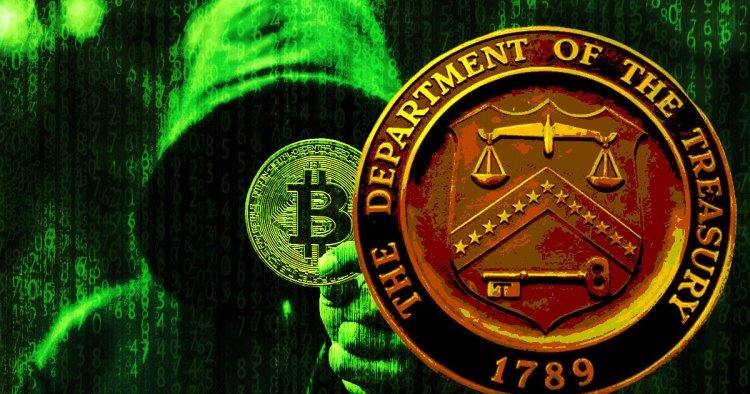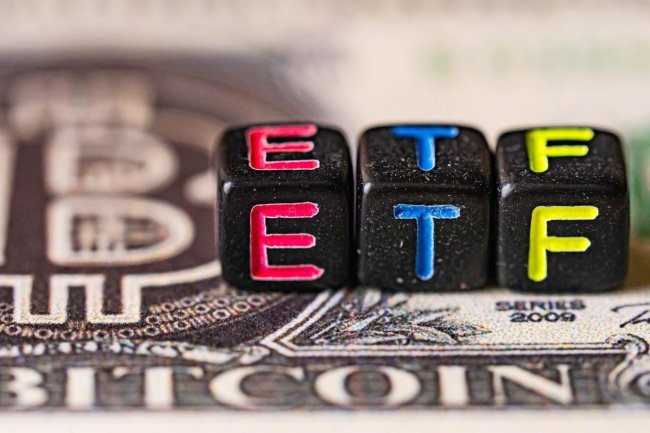Cash Remains Preferred Choice for Illicit Finance Despite Crypto's Rise
A recent report from CryptoISAC and Merkle Science highlights that cash remains the preferred method for criminals involved in illicit finance, despite the rise of cryptocurrencies. In 2023, only 0.34% of crypto transactions were flagged as potentially linked to illegal activities, contrasting sharply with the estimated 2% to 5% of global GDP laundered annually through traditional financial systems, amounting to nearly $2 trillion. The report emphasizes the effectiveness of strict know-your-customer (KYC) and anti-money laundering (AML) regulations in the U.S. cryptocurrency exchanges, making it easier for law enforcement to trace illegal activities on blockchain networks. In contrast, cash transactions are much harder to track. The study also found low levels of suspicious activity associated with stablecoins, with only 0.61% of Tether’s USDT and 0.22% of Circle’s USDC transactions flagged as illicit. The report calls for continued international cooperation to address illicit finance

Cash Remains Preferred Choice for Illicit Finance Despite Crypto's Rise
A recent report by CryptoISAC and Merkle Science has revealed that cash continues to be the leading choice for criminals engaged in illicit finance, despite the growing popularity of cryptocurrencies. The study highlights that only 0.34% of cryptocurrency transactions in 2023 were flagged as potentially linked to illegal activities. In contrast, it is estimated that between 2% and 5% of global GDP, equating to nearly $2 trillion, is laundered annually through traditional financial systems.
This stark comparison underscores that while cryptocurrencies face intense scrutiny from regulators, conventional financial systems pose a significantly larger risk regarding illicit finance. Robert Whitaker, the director of law enforcement affairs at Merkle Science, emphasized that U.S. cryptocurrency exchanges are required to adhere to stringent know-your-customer (KYC) and anti-money laundering (AML) regulations. These compliance measures enhance law enforcement's ability to track and identify illegal activities on blockchain networks, leveraging the transparency of public ledgers.
In contrast, cash transactions are much more difficult to trace, making them the preferred method for criminal enterprises. The report also examined stablecoins, commonly suspected of facilitating illicit finance, and found that suspicious activity levels were remarkably low. From July 2021 to June 2024, just 0.61% of Tether's USDT transactions and 0.22% of Circle's USDC transactions were flagged for potential illicit activity.
Despite the low incidence of suspicious transactions in the cryptocurrency space, the report advocates for ongoing international collaboration to combat illicit activities involving digital assets, particularly as many offshore exchanges remain beyond U.S. regulatory reach. A risk assessment from the U.S. Treasury in 2024 confirmed that virtual assets represent a smaller threat for money laundering compared to fiat currency. This reinforces the need for a comprehensive approach to tackling illicit finance on both digital and traditional fronts.
Click Here to Visit
What's Your Reaction?
















